Did you know that renewable diesel, made from sources such as vegetable oils and animal fats, is both sustainable and eco-friendly? But while renewable diesel is considered a cleaner fuel, the process of making it can be hazardous for both workers and the environment, due to the complex equipment and processes involved. That's why it's important to prioritize safety measures in the renewable diesel industry to prevent any accidents or harm. In this guide, we'll examine what occurs at renewable diesel facilities, the potential risks of renewable diesel production, and explore the steps that can be taken to ensure a safe and secure work environment.
Renewable diesel, also known as green diesel or hydrotreated vegetable oil (HVO), is a fuel that is 100% renewable and sustainable. It shares similar chemical properties to petroleum diesel but is produced using renewable feedstocks such as vegetable oils and animal fats. The most common production method in the U.S. is hydroprocessing or hydrotreating, which is similar to the process used to refine crude oil into various petroleum products. Large process plants, similar to refineries, produce renewable diesel with high temperatures, high pressures, and various chemicals involved in the process. Many renewable diesel production facilities are now being converted from crude oil refineries or completely transformed into renewable diesel plants. Renewable diesel can be used as a pure fuel or blended with biodiesel and/or petroleum diesel.
Biodiesel and renewable diesel are both alternative fuels to petroleum diesel, but they differ in their production process and properties. While biodiesel is made through transesterification of vegetable oils and animal fats, renewable diesel is produced from non petroleum renewable resources such as natural fats, vegetable oils, and greases using hydroprocessing or hydrotreating. The oxygen introduced during the transesterification process can cause freezing temperature, separation during storage, algae growth, and higher emissions issues in biodiesel, whereas renewable diesel is chemically identical to petroleum diesel, making it a more stable and efficient fuel. Renewable diesel can be used alone or blended with petroleum diesel and/or biodiesel. Biodiesel is generally blended with petroleum diesel at a 5% to 20% ratio. However, the production of renewable diesel requires more sophisticated equipment and processes, resulting in higher production costs than biodiesel.
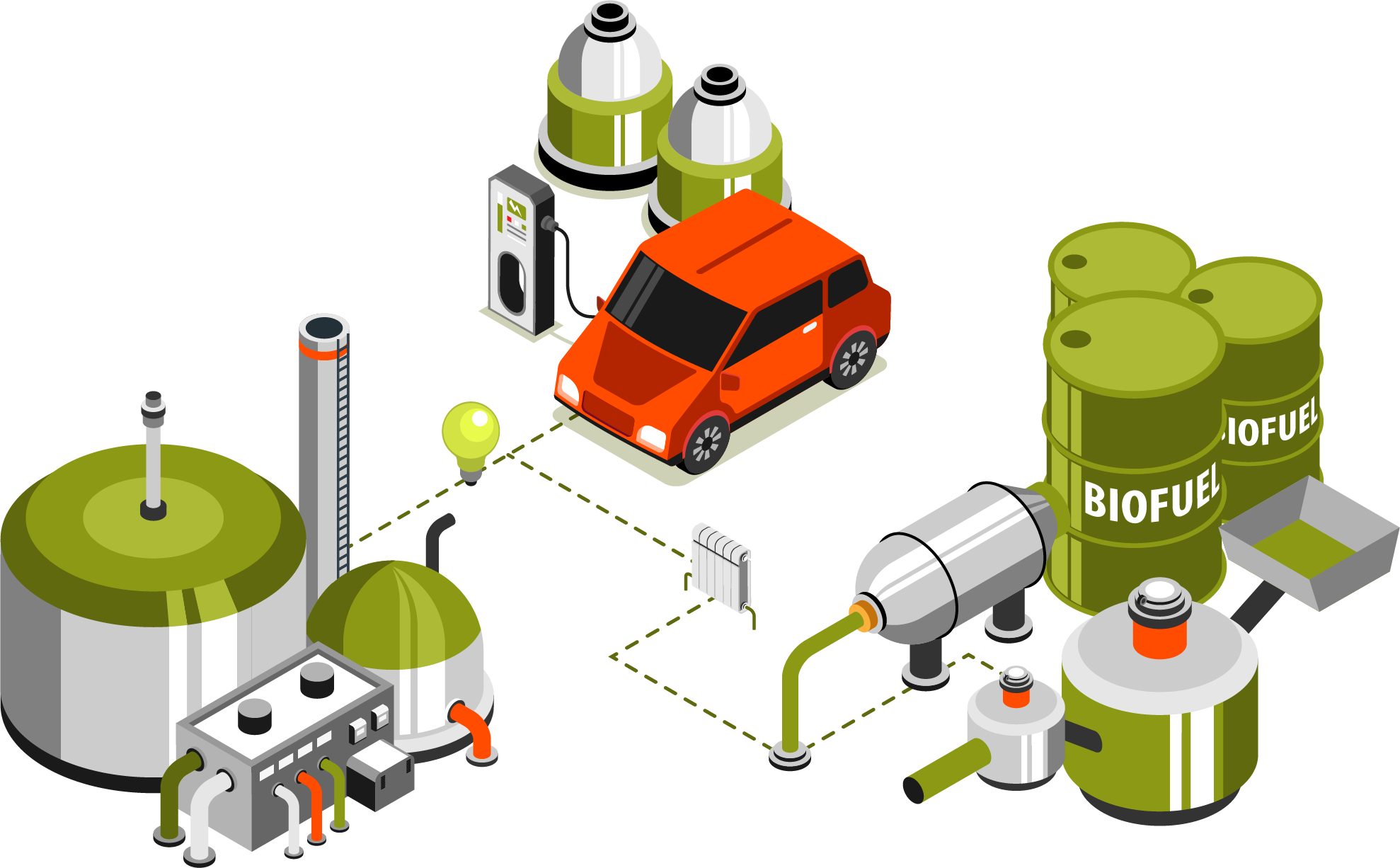
Renewable diesel facilities are complex and highly engineered plants that are designed to convert a wide range of feedstocks into high-quality renewable diesel fuel. These facilities are typically large, with some spanning hundreds of acres and multiple production units, and often co-located with existing petroleum refineries.

To start the production process, the feedstocks, such as vegetable oils, animal fats, and other biomass, are first delivered to the renewable diesel facility, where they undergo a rigorous preparation process that involves cleaning, filtering, and drying to remove impurities and contaminants. Once the feedstocks are properly prepared, they are then processed through a series of reactors, separators, and distillation columns, in a process known as hydroprocessing.
Hydroprocessing is a chemical process that involves heating the feedstocks to high temperatures and high pressures in the presence of hydrogen gas, catalysts, and other chemicals, to convert the complex organic molecules into simpler hydrocarbon molecules. This process results in the production of a high-quality, renewable diesel fuel that is virtually identical to petroleum diesel in terms of its chemical composition and physical properties.
After the hydroprocessing step, the product separation process begins, where the renewable diesel fuel is separated from the other products of the hydroprocessing reaction, such as gasses, waxes, and other by-products. The final product is then stored and transported to various markets, such as fuel retailers, transportation companies, and other end-users.
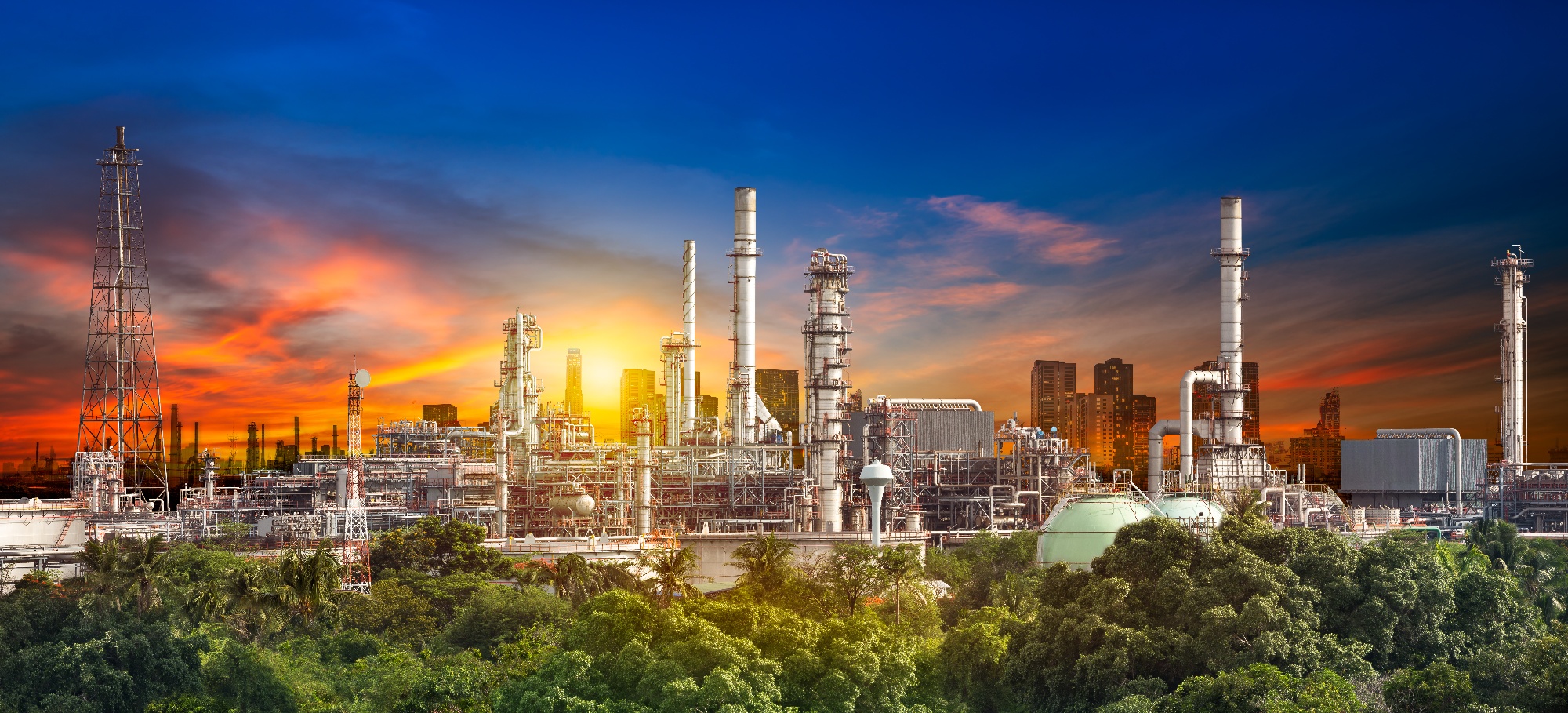
Renewable diesel has numerous benefits that make it a compelling alternative to petroleum diesel. First and foremost, it meets the ASTM D975 specification for conventional petroleum diesel, making it compatible with existing diesel engines and infrastructure. In addition, studies have shown that renewable diesel can significantly reduce carbon dioxide and nitrogen oxide emissions, as well as lower carbon intensity compared to petroleum diesel. This reduction in emissions makes it an environmentally friendly option. Renewable diesel also offers greater flexibility as it can be used as a complete replacement for diesel or blended with any amount and can be produced from multiple feedstocks. Furthermore, it can be manufactured at facilities that also produce sustainable aviation fuel, making it a versatile and sustainable option.
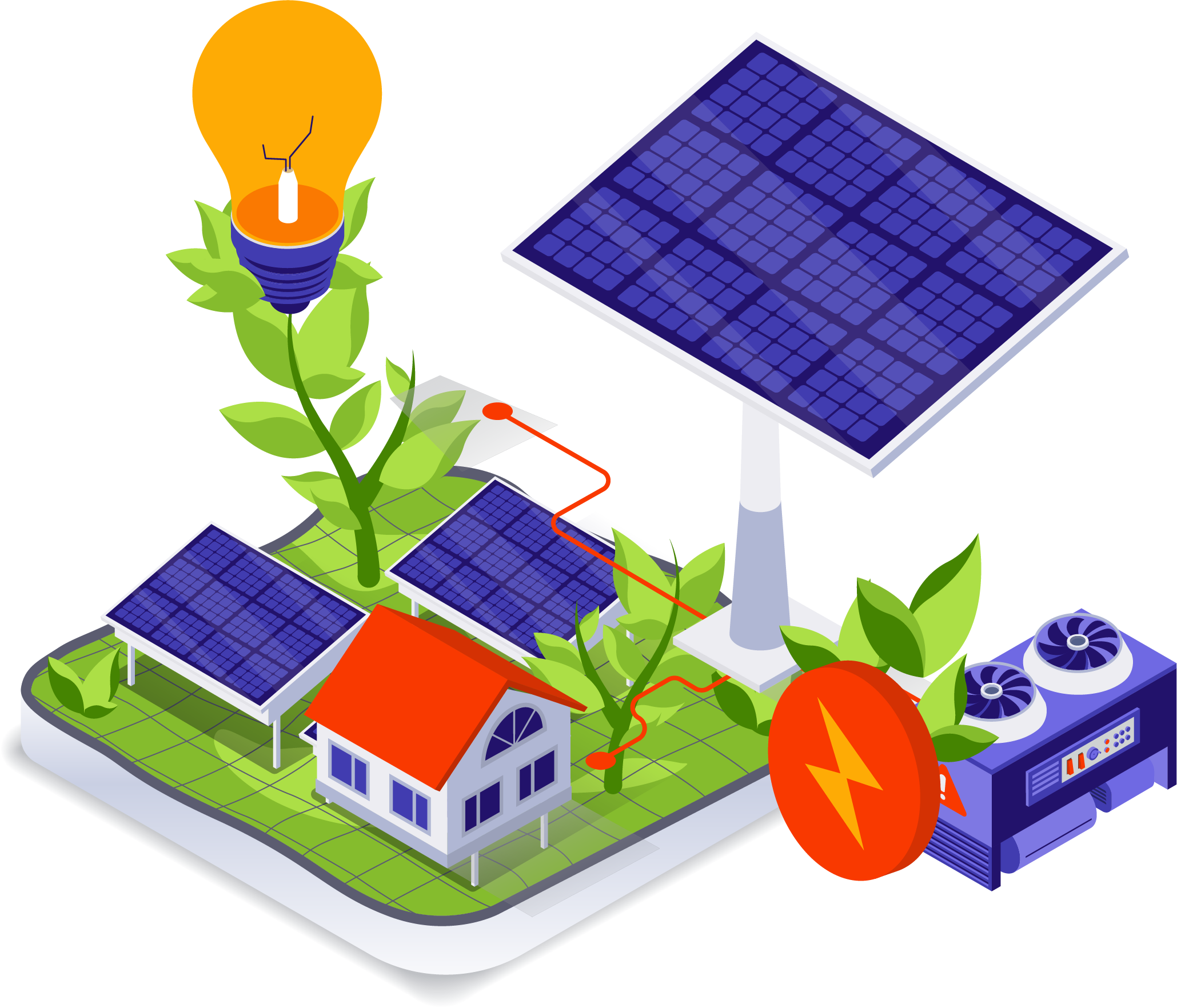
Given the inherent risks associated with renewable diesel production, it is critical to implement robust hazard protection measures. These measures should include a combination of engineering controls, administrative controls, and personal protective equipment (PPE) to prevent or mitigate potential hazards. Some of the most common hazards associated with renewable diesel facilities include:

Chemical exposure: Workers may be exposed to hazardous chemicals during the production process, which can cause respiratory problems, skin irritation, and other health issues. To prevent chemical exposure, facilities must implement engineering controls such as ventilation systems and chemical handling procedures, as well as PPE such as respirators and protective clothing.
Fires and explosions: The production of renewable diesel involves high temperatures and flammable materials, which can lead to fires and explosions. Facilities must implement fire prevention and suppression systems, as well as emergency response procedures, to prevent or mitigate these hazards.
Structural failures: The equipment and structures used in renewable diesel production are subject to significant stress and wear, which can lead to structural failures. To prevent these failures, facilities must implement regular maintenance and inspection programs and have procedures in place to address any issues that arise.
Falls and other physical hazards: Workers in renewable diesel facilities may be exposed to physical hazards such as falls, slips, and trips. Facilities must implement safety procedures and provide appropriate PPE to prevent these hazards.
Specialty modular buildings can provide an effective solution for hazard protection in renewable diesel facilities. These buildings are designed to meet the unique needs of the renewable diesel industry and can be customized to provide blast resistance as needed.

Access control buildings are an essential component of hazard protection in renewable diesel facilities. These buildings provide secure access control for workers and visitors, preventing unauthorized access and ensuring that only authorized personnel are allowed in the facility.

Operator shelters provide a safe and comfortable workspace for workers in the field, protecting them from the elements and providing a secure location to monitor equipment and processes.

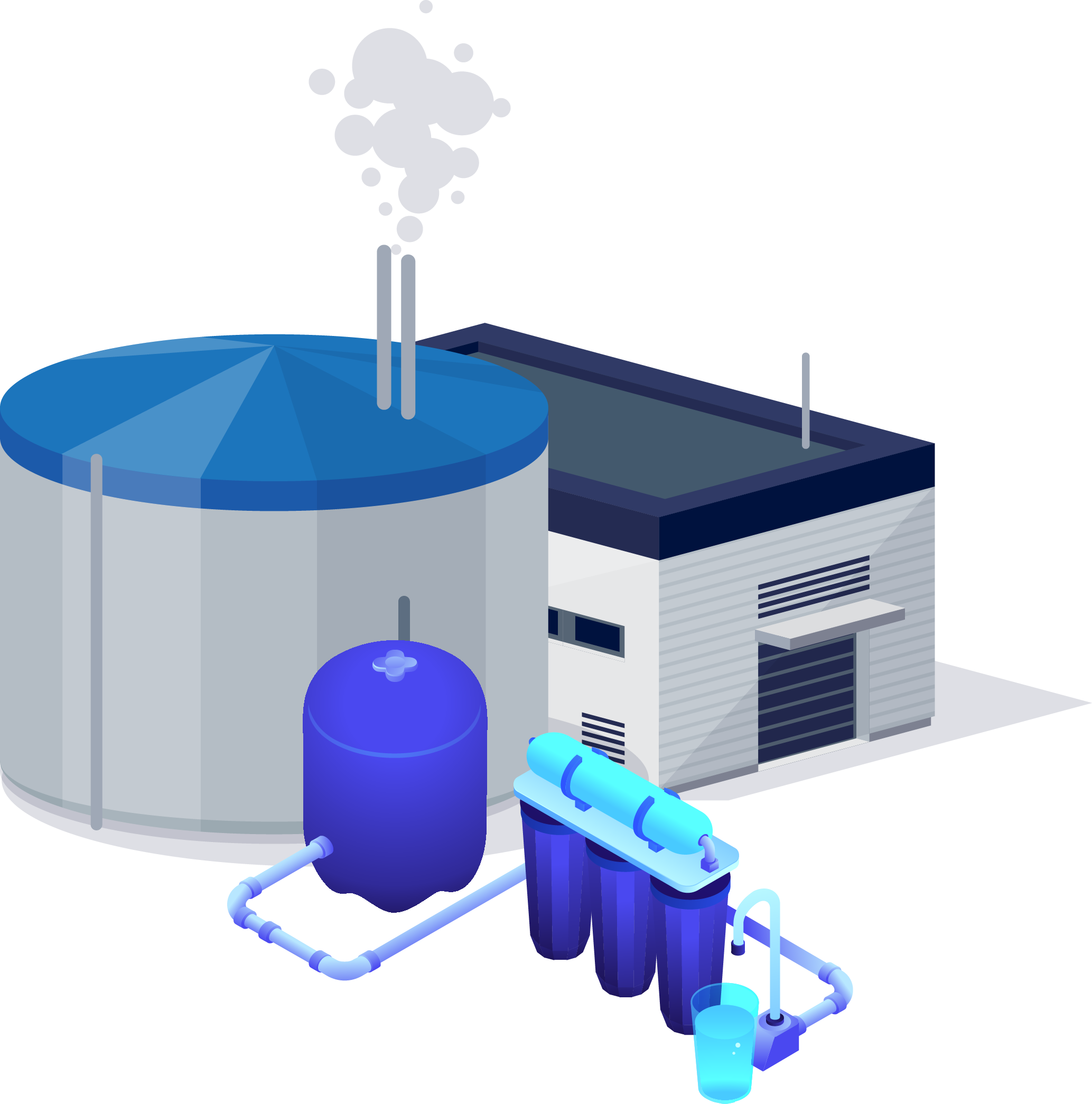
Control rooms and motor control centers (MCCs) are critical components of renewable diesel facilities, providing centralized control and monitoring of production processes. Specialty modular buildings can be designed to house control rooms and MCCs, providing blast-resistant protection as needed.

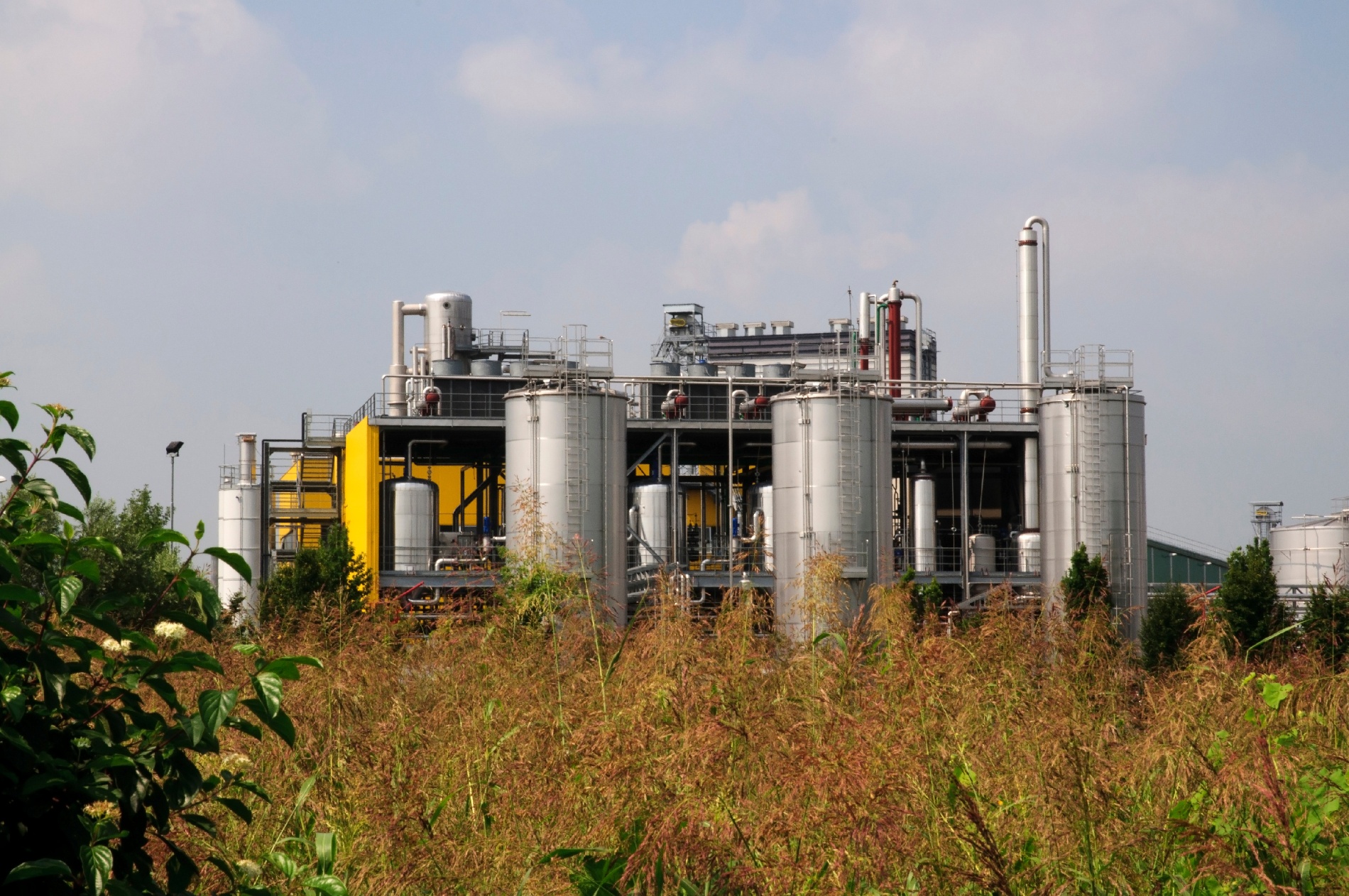
Electrical buildings are another essential component of renewable diesel facilities, housing the electrical equipment that powers the production process. These buildings must be designed to meet strict safety requirements to prevent electrical hazards.


Turnstiles can provide an additional layer of security in renewable diesel facilities, preventing unauthorized access and ensuring that only authorized personnel are allowed in restricted areas.
Renewable diesel is a sustainable and eco-friendly fuel that can make a significant contribution to reducing carbon dioxide and nitrogen oxide emissions. Renewable diesel offers numerous benefits, including compatibility with existing diesel engines and infrastructure, lower emissions, and greater flexibility. By prioritizing safety measures, the renewable diesel industry can continue to produce this sustainable fuel and contribute to a greener future.
Your safety partner in threat mitigation for hazardous areas, providing safe spaces through customizable, scalable, modular buildings. The industry leader in blast-resistant buildings.